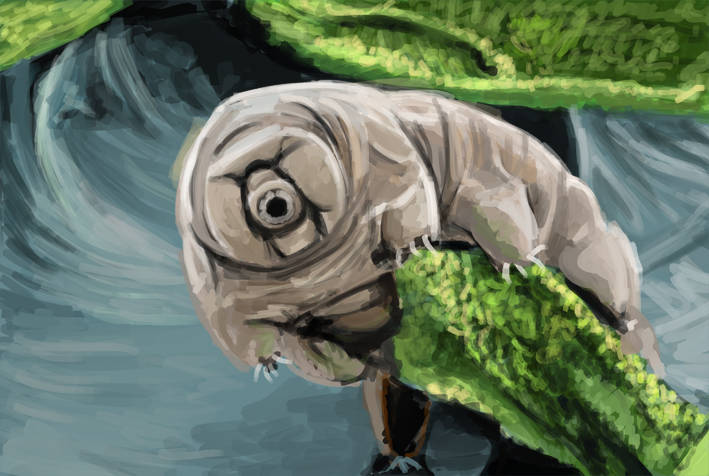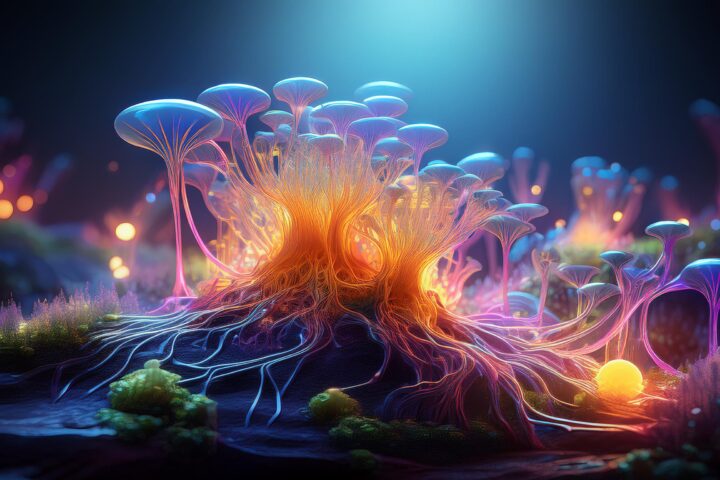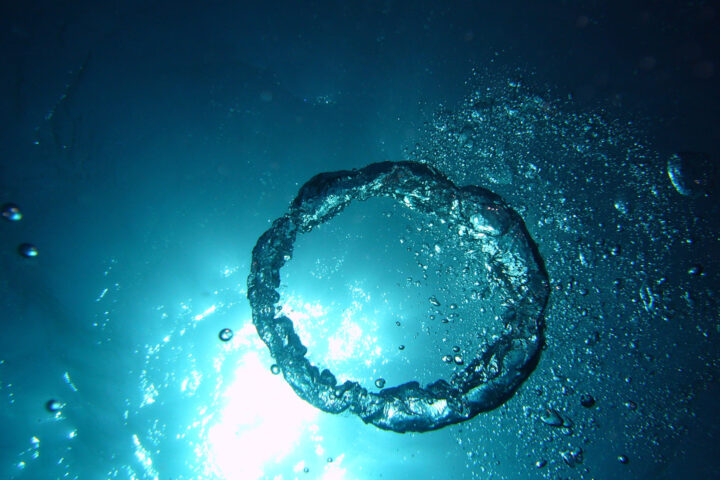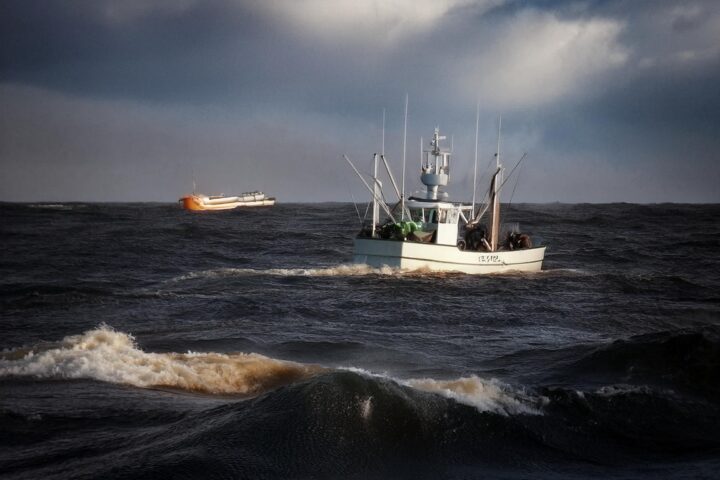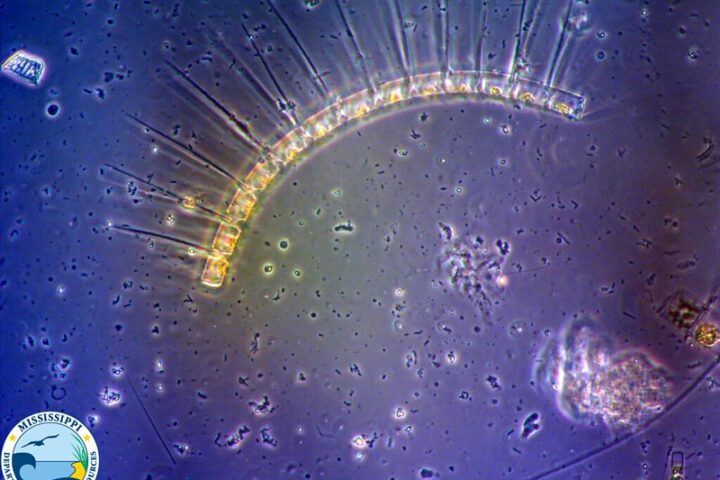Source: deviantart-tardigrade_in_moss_by_nahkuman
Extremophiles are life forms whose habitats are inhospitable by ordinary life’s standards, areas that continue to defy much of our understanding of the boundaries of habitability. These extraordinary creatures live in materials of extreme temperature, pressure, acidity, or salinity. From the scalding depths of hydrothermal vents to the frigid expanse of the Arctic, extremophiles show the extraordinary adaptability of life.
Thriving in the Extreme
The term “extremophile” describes an organism that thrives in extreme conditions. Nevertheless, what is termed “extreme” is quite relative. Boiling water is comparatively pathological for a human, but for some bacteria, it’s just a cozy abode. Similarly, the glacial cold of the Arctic isn’t what most of us would call very hospitable, but for some algae, it is the perfect kind of abode. This relativity underscores not only how incredibly diverse life is but also the potential that exists in terms of what conditions life could exist under on this planet.
Hydrothermal vents are an epitome of the most extreme environments, from which life thrives. Life in these dark and hot places, deep in the ocean, is at unimaginable pressures. At scorching temperatures and the absence of sunlight, an ecosystem is vibrant in a place of immense pressures. In comparison, the icy expanse at the Arctic and Antarctic teems with life, from highly specialized bacteria and algae to bigger creatures like the penguin and polar bear that have adapted to the extreme cold.
Adaptations for Survival
To survive in such environments, extremophiles have evolved special adaptation mechanisms. Oftentimes, their enzymes, responsible for basic molecular machinery within the cell, have been selected or altered to perform at peak levels at extreme temperatures or pH values. Metabolic pathways have been altered to derive energy from unusual sources, including hydrogen sulfide or methane. If a need arises, it is important that these organisms contain efficient DNA repair mechanisms in order to protect their genetic material from damage caused by the extremities.
Beyond Earth: The Search for Extraterrestrial Life
The discovery of extremophiles has moved astrobiology, the science of life beyond Earth, past the realm of pure speculation and into the very real world of possibility. If life can flourish under such extraordinary conditions on Earth, then there are good reasons to think that it just might exist on other planets or moons. Extremophiles serve as analogs to the kinds of organisms that might be found in extraterrestrial environments. For instance, icy moons around Jupiter and Saturn also may contain oceans within them that would have similar conditions to those at the depths of Earth’s oceans at hydrothermal vents.
Economic Potential and Challenges
Extremophiles provide enormous economic potential. The enzymes isolated from these organisms have found their way into several applications, from detergents to DNA analysis. Indeed, extremophile biotechnology is among the fastest growing biotechnology areas. These organisms are also being studied for the potential to be applied in the area of bioremedia- tion—the usage of microorganisms to degrade pollutants.
But extremophiles remain a challenge to study since most of microbial diversity remains unexplored, and their adaptive mechanisms are yet to be unraveled properly. New technologies, like metagenomics, have opened up ways to study microbial communities independently from the culture of individual organisms.
Frontier for Discovery
Extremophiles prove the resilience and adaptability of life—it lives where we believed it could not be possible. The knowledge horizons are built and inspired by their existence. As research moves ahead in these domains, we cannot but expect spectacular boons, which are to form the future basis, from the development of new technologies to the unraveling of origin-of-life riddles. The study of extremophiles is a fascinating frontier in scientific inquiry. Extremophiles in Biotechnology
One of the most promising applications of research on extremophiles lies in the field of biotechnology. The enzymes produced by such organisms, often referred to as extremozymes, are known to be exceptional. A good example is the enzyme produced by thermophilic bacteria that can survive under high temperatures and find an application in the industry whenever heat is needed. Uses continue to be found in the detergent industry as they can, under such stringent conditions, break up stains even in cases of hot water.
Besides their use in detergents, extremozymes have found applications in several other industries, which include the food industry. Psychrophilic enzymes can be used to render superior flavor to food products and also manipulate texture. In the pharmaceutical industry, extremophile enzymes find application in the manufacture of drugs and biofuel production. The potential applications of such enzymes are vast with increasing knowledge of such organisms; further innovative uses can be expected.
Environmental Sustainability of Extremophiles
Besides, extremophiles represent the solution to a number of severe environmental problems. One such field is the one in bioremediation, that is, using microorganisms for cleaning up pollution. Cleaning water and soil that is contaminated is done using bacteria that degrade harmful chemical compounds or heavy metals.
Compared with other fields of study, extremophiles are promising for sustainable agricultural application. For example, microbes from arid lands have developed strategies to handle minimal water, and their bioengineering can be harnessed to breed crops, potentially more drought-tolerant. In deep-sea environments off of coasts, extremophiles have been studied in regard to biomineralization, based on potential changes in the precipitation of a number of materials for biotechnological applications in sustainable construction.
Future of Extremophile Studies
Though the potential of extremophiles is staggering, there are still major challenges to be met. A good deal of cultivation of extremophiles in laboratory cultures is problematic at best, so much information regarding the details of them becomes unrecoverable. In addition, the complex interactions between extremophiles and their environments are still far from fully understood.
Also it will give an actual chance to untapped potential resting with these organisms, and such potential can only be unleashed if we do it interdisciplinary. Scientists from microbiology, biochemistry, engineering, and environmental science should coordinate the search for the tools and techniques that will be necessary to be able to study and learn how to use extremophiles in order to stimulate new ideas. We can look forward to a new era in innovation, where solutions to some of the most challenging problems faced by the world will probably come from some of the most unlikely places.
The science of extremophiles is an adventure into unknown territory, one that is filled with both challenges and opportunities. The more that we learn about the world beneath our feet, the better life on Earth we understand, and the path leads us closer to a future that is sustainable and sound.
Sources:

